We may earn money or products from the companies mentioned in this post. This means if you click on the link and purchase the item, I will receive a small commission at no extra cost to you ... you're just helping re-supply our family's travel fund.
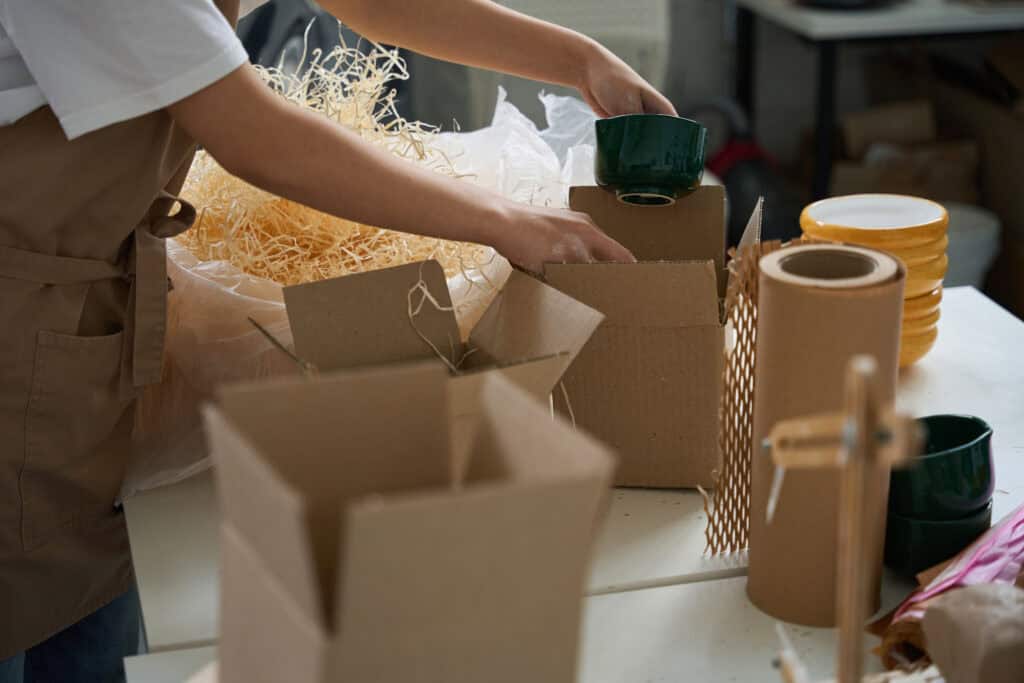
Souvenir hunting often ends with a small problem wrapped in tissue: how to get delicate objects home intact. Markets tempt with hand-painted bowls, thin glass, carved masks, and framed prints that hate turbulence. Good packing respects physics and border rules as much as sentiment. The goal is simple. Stabilize mass, control shock, and keep pressure predictable for hours of handling. With smart materials, clear labels, and a plan from stall to doorstep, treasured finds arrive whole and ready for the shelf.
Audit The Object Before Any Wrap

Start by reading the item like a conservator. Note weak points, overhangs, seams, and old repairs. Separate loose lids, stoppers, and frames with moving glass. Photograph condition under good light to document chips or hairlines. Measure dimensions and choose a box that leaves at least 2 inches of clearance on all sides. If surfaces are painted or gilded, avoid direct contact with plastics that can imprint. A five-minute audit prevents rushed fixes and builds a packing plan that fits the object.
Build A Clean, Dry Staging Area
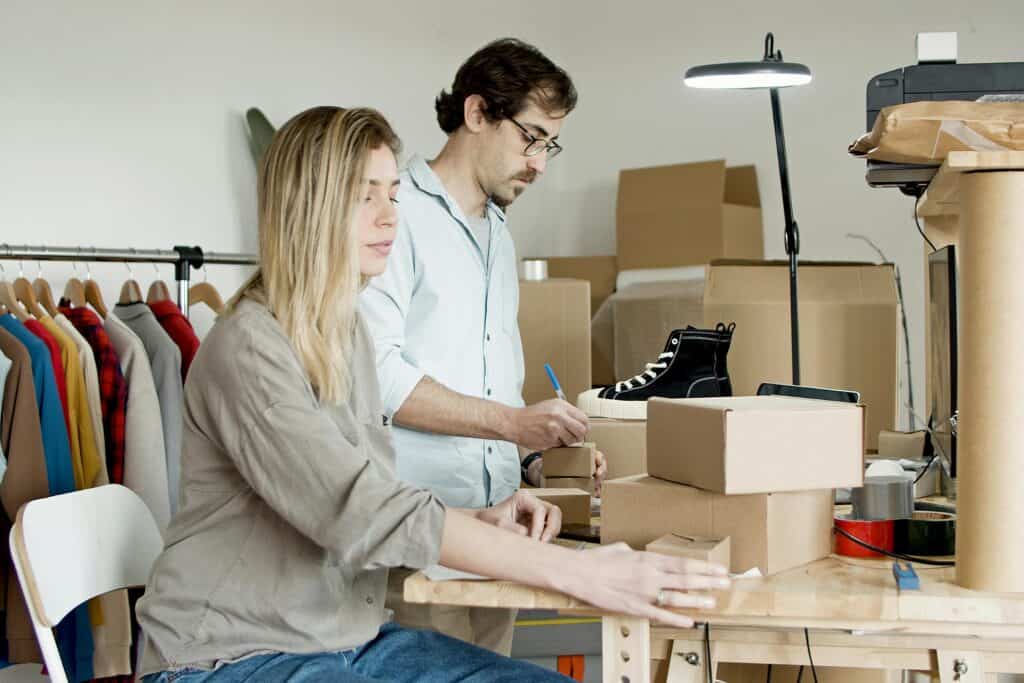
Fragile goods deserve a tidy runway. Clear a table, lay down kraft paper, and keep scissors, tape, and labels within reach. Dry surfaces matter, especially after rainy markets or humid ferries. Silica gel packs nearby help pre-dry porous clay or paper before sealing. A small bin for tiny parts keeps stoppers and screws from vanishing. With tools staged and distractions low, wrapping moves in calm, deliberate steps. That rhythm is insurance before any policy number appears on a form.
Use Soft Interleaves, Then Cushion

Direct plastic on paint can lift detail, and bubble against bare metal can print circles. Start with a soft interleave: acid-free tissue for art, unprinted newsprint for ceramics, glassine for photos and prints. Only then add bubble, bubbles facing in for grip. Wrap evenly without crushing contours, and tape to the wrap, not the object. Corners and handles get extra padding. Each layer should add stability, not pressure. The result feels snug in the hand without a hard shell.
Float Items In Double Boxes
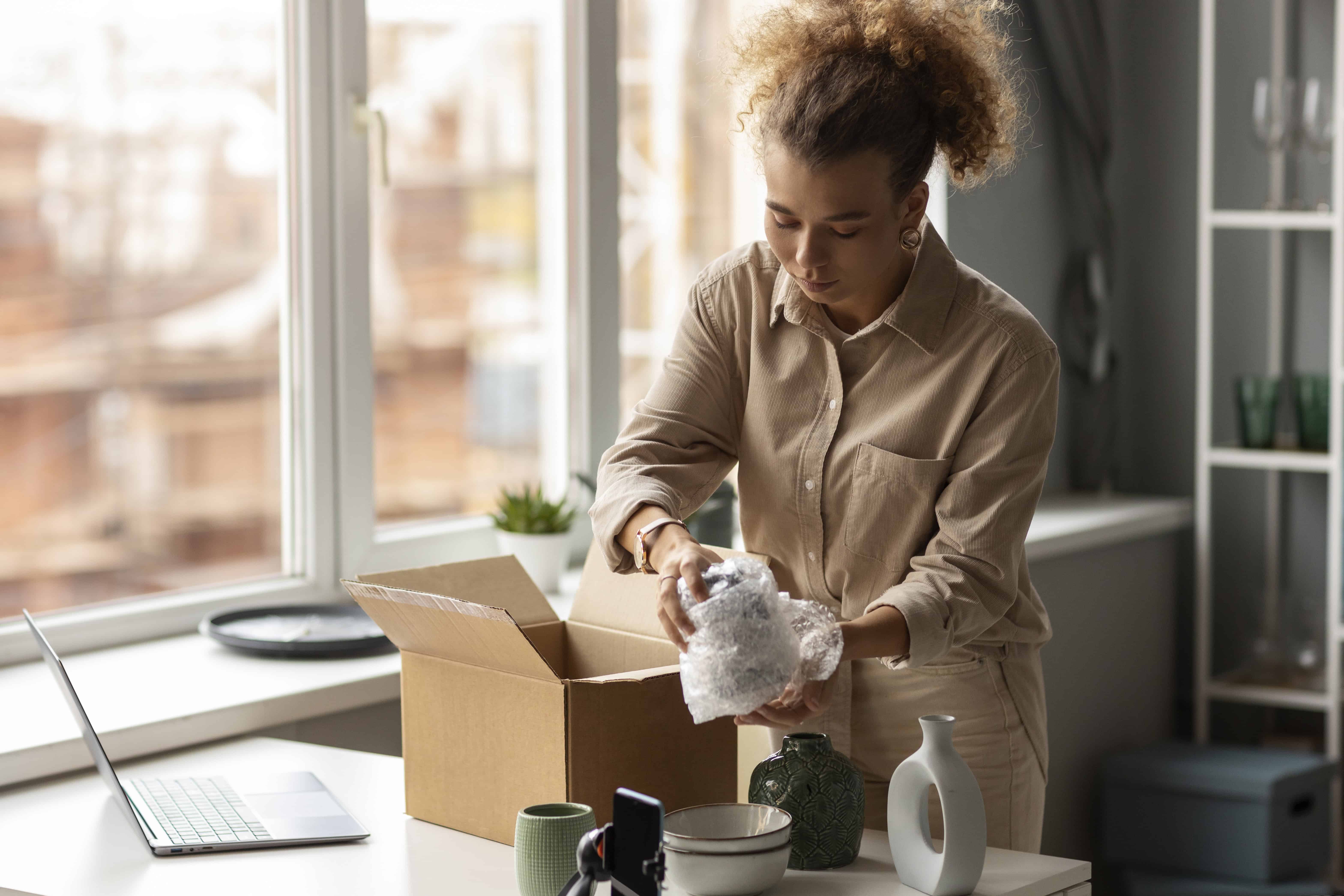
Single boxes take direct hits. Double boxing spreads impact across space and foam. Place the wrapped object into an inner carton with 1–2 inches of cushion on every side, then suspend that carton inside a larger box with the same buffer. Crumpled kraft, air pillows, or closed-cell foam keep the inner box centered. Nothing should rattle when the outer box is shaken lightly. This float method reduces shock, accepts stacking loads, and protects against quick drops on curbs.
Stabilize Empty Space Without Weight

Void fill should stop motion, not add mass. Lightweight options like honeycomb kraft, paper pads, and air pillows perform better than dense fabric. For irregular shapes, build small nests with layered paper, then lock them with larger pads. Peanuts are acceptable only in sealed inner bags; loose fill migrates and creates soft spots. Heavy books do not belong in fragile boxes as stabilizers. When sealed and shaken, the package should feel like a single, quiet unit with no sliding.
Seal, Strap, And Label Clearly
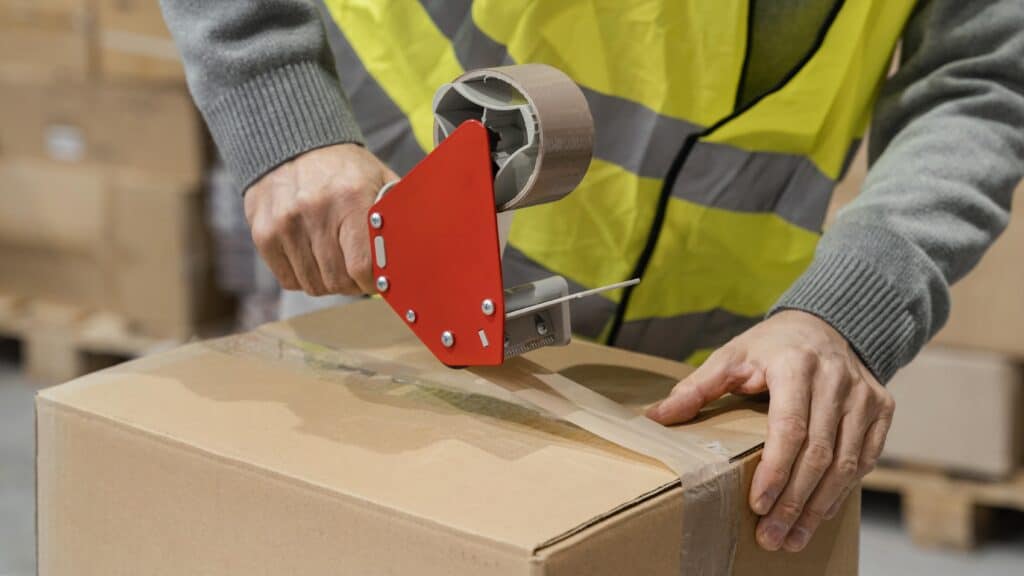
Good tape saves claims. Use pressure-sensitive carton tape at least 2 inches wide, and run the H-tape pattern across seams. Reinforce corners with short perpendicular strips. Nylon strapping or fiber tape helps for heavier crates. Labels should read fragile and this side up near multiple edges, but never replace proper packing. Include a duplicate address card inside the box in case outer labels scuff. A bright contents note for customs sits beneath the top flap, easy to find.
Understand Customs And Restricted Goods

Some antiques need export permits; certain woods, shells, and seeds trigger seizures or fines. Check restricted lists for host countries and the return destination before boxing. Declare materials clearly and honestly, using terms like ceramic bowl, hand-blown glass vase, or framed paper art. Lowball values to dodge tax can void insurance later. Include seller receipts or provenance notes beneath the inner flap. Clean soil from statues and textiles; agricultural checks dislike visible dirt or plant matter.
Ship Early; Avoid Turnover Peaks
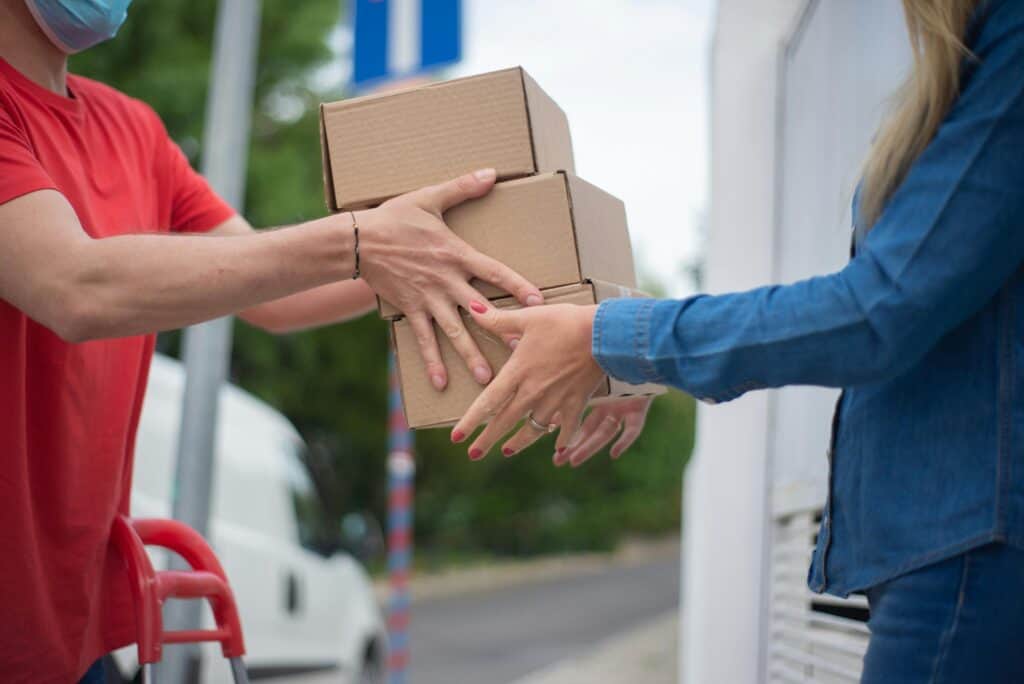
Late drop-offs meet sorting backlogs and rougher handling. Aim for midweek pickups and avoid holidays when belts run hot. If staying in one place for several days, ship early so a local contact can troubleshoot. Hotel desks can hold boxes; gallery owners often advise on best carriers from that city. Shorter routes with fewer transfers beat small savings. Calm schedules protect both the parcel and the trip, freeing time from daily tracking refreshes and missed couriers.
Know When To Use Pro Pack Services
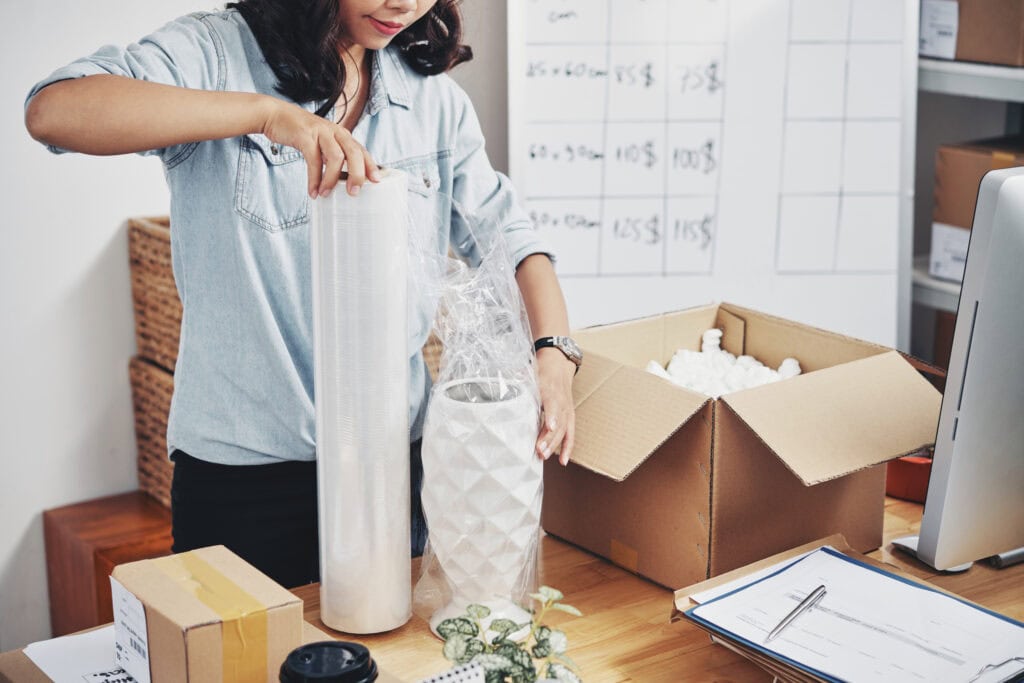
Some markets sit near frame shops, art shippers, or postal counters that excel at fragile work. For large mirrors, stacked prints, or multi-piece ceramics, professional crating costs less than heartbreak. Ask for corner protectors, rigid foam boards, and moisture barriers by name. Request photos of the packing before shipment. Keep copies of receipts and tracking in one note on the phone. A ten-minute conversation with a careful packer solves problems that tape cannot.
Plan The Unboxing At Home
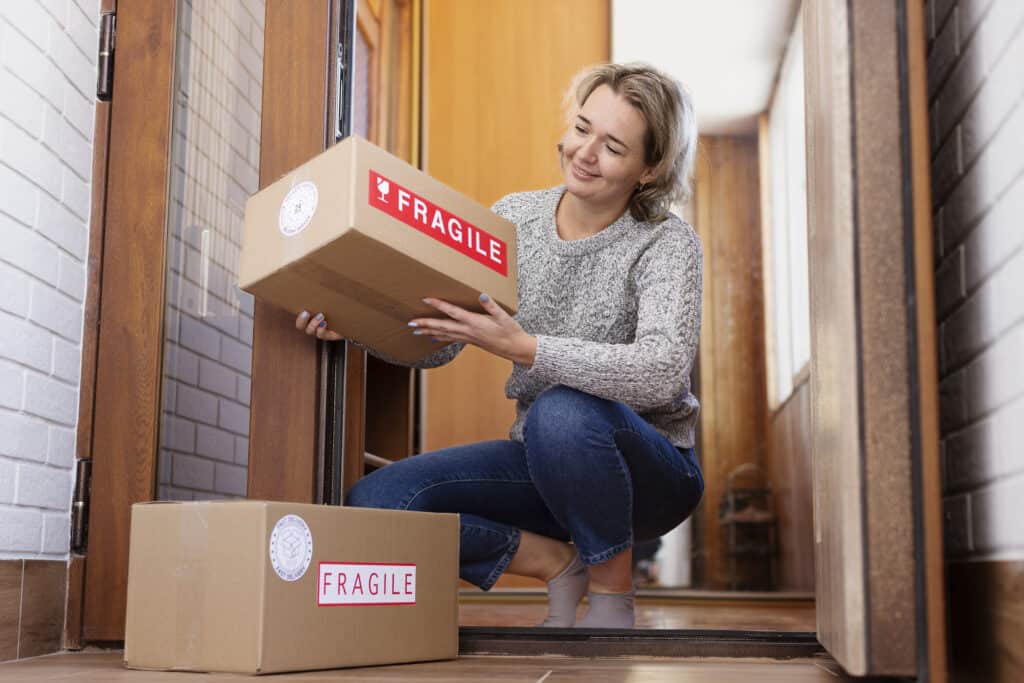
Safe arrivals deserve patience. Open on a floor cleared of clutter, and cut tape, not flaps. Pull layers in reverse order and set parts on a soft towel. Match lids and stoppers to their mates only after all pieces are free. Save packing for a week in case returns or repairs become necessary. Photograph condition again in the same light used abroad; the comparison helps artisans, insurers, and memory. Then find a shelf and let the object claim its new address.